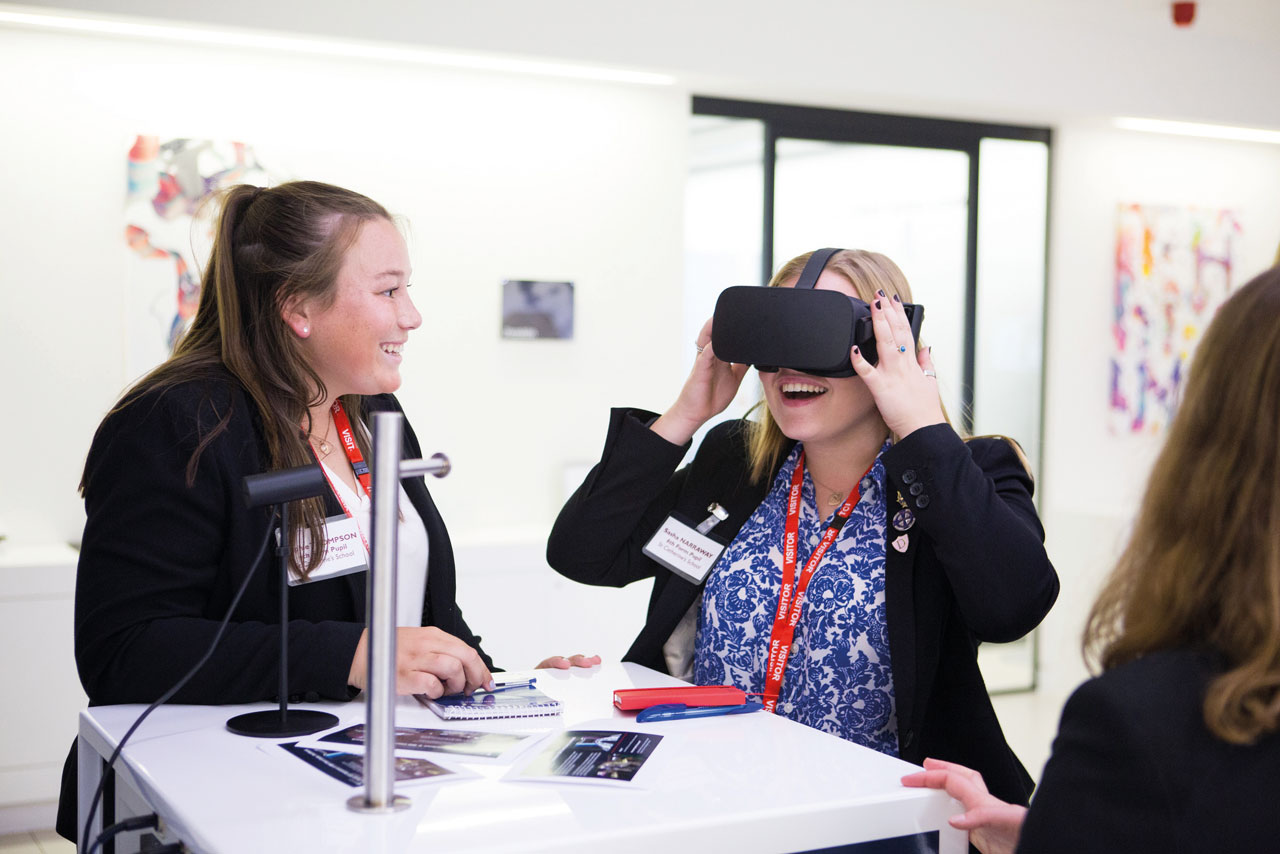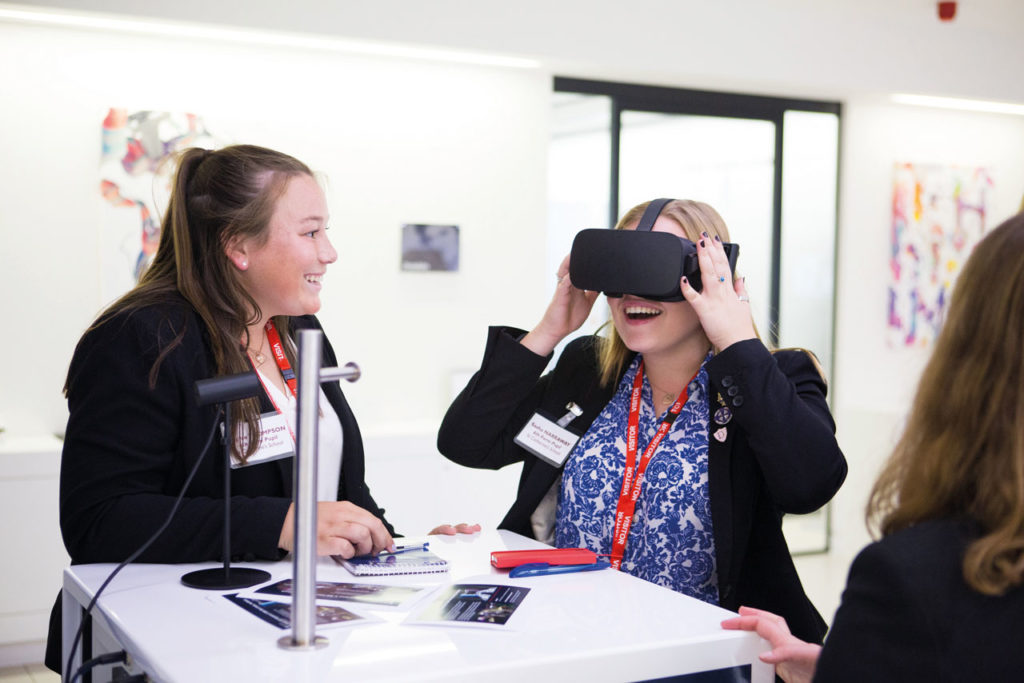
- HOME
- EDUCATION
STEM or STEAM? Don’t Forget the Importance of the ‘A’ – Art.
By | 6 years ago
Alice Phillips, head of St Catherine’s, Bramley, argues that STEM without an ‘A’ is missing the big picture
The five-letter acronym STEAM is a far more superior place to start than STEM, for there has always been a strong element of artistry and creativity in most technological innovation and development. Aesthetics have always been an essential component of the creative process.
Think of the beauty of a Telford suspension bridge from the 18th century or, for a more up-to-date example, Apple’s latest iPhone, where the reviewers notoriously focused as much, if not more, on its attractiveness as a ‘thing of beauty’ rather than its technologically innovative features. Certainly that’s how I recall my first iPhone 3: beautiful – and oh so useful, too.

Coding club at St Catherine’s, Bramley
Wearable technology is arguably the most exciting area of consumer technology and you can bet your bottom dollar those companies responsible for the devices many of us now wear will have employed individuals skilled in the art of making consumer products look and feel fashionable and comfortable. Even the most humble app or computer game has had input from a designer.
There should be no confusion, however, that the arts, humanities and languages are as valuable as scientific subjects. Just a few months ago, St Catherine’s hosted a cyber security day, where the girls were amazed to discover that, after the obvious science-related subjects, English was one of the most popular degrees taken to enter this field.
It is too easy to ghettoise subjects into silos, and thereby fail to see the obvious and most beneficial overlapping and dovetailing that exists between the arts and sciences in the ‘real world’ of work. It is also, dare I say it, a rather lazy way to consider schooling.

Alice Phillips, head of St Catherine’s, Bramley
At St Catherine’s, we have taken the decision to retain the AS-level exam for our sixth form, largely because it allows those girls who wish to pursue both sciences and arts the ability to do so for one further year. The extra maturity and A-level standard teaching allows them to see where their true interests and personal strengths lie before they might choose to focus on only three A-levels.
Many of these students, the so-called Generation Z, will find themselves working in technological careers. If they take their creative and artistic talents with them, our economy and society will be greater for it, as they work alongside those for whom chemistry, maths, physics and computer sciences are their passions. So-called ‘soft skills’ will always be in demand; teamwork, collaboration, communication and resilience are as important as being sharply analytical.
The gender divide in science is well on the way to being broken down and can only level out more if that ‘softer’, more collaborative and collegiate approach that women bring to the table, is recognised, acknowledged and encouraged. This is a win-win.

The arts and humanities are not second-class subjects
To glimpse the future, just look at how office environments are changing. Yesterday’s closed off, partitioned office space has given way to open plans that are deliberately designed (there is that creativity popping up again!) to foster the exchange of ideas, collaboration and transparency. Terms such as ‘incubation’, ‘cross-pollination’ and ‘symbiosis’ have come out of the confines of the biology lab and are nowadays used to describe the modern work environment. These concepts are bringing down more than brick walls and are flattening hierarchies even further.
So, as well as valuing the arts in STEM, we should focus as much on the TEAM in STEAM. The ‘A’ is important. Always has been, and always will be.
This article originally appeared in the SS18 issue of School House.
READ MORE: Schools Leading the Way in Music | When Truth Died: The War on Fake News



